How does U.S. Olympic swimming team size up to competition in Rio?

After eight days of tight competition at the U.S. Olympic Swimming Trials in Omaha, the U.S. will head to Rio featuring a swim team with a five-time Olympian with 22 Olympic medals in his trophy case (Michael Phelps), a four-time Olympian with 12 medals (Ryan Lochte), the world’s most dominant swimmer (Katie Ledecky), 30 first-time Olympians and swimmers ranging in age from 19 to 35.
Miss any of the action from the U.S. Olympic Swimming Trials in Omaha? Check out our coverage here: Day 1 | Day 2 | Day 3 | Day 4 | Day 5 | Day 6 | Day 7
Now, it’s time to look ahead to the real thing. Here’s what to expect in Rio:
Katie Ledecky
For context as to what Ledecky’s legacy might be, consider that she’s a defending Olympic champion in the 800-meter freestyle, a nine-time world champion, who has broken a world record 11 times in her career. And at 19, she will still be the youngest member, male or female, of the U.S. swim team in Rio. Yet she trains, swims and conducts herself like a seasoned veteran. If anyone wants to take her by the hand, they have to catch her first.
Ledecky is entered in three individual events and will surely participate in at least one relay, the 4x200 free. She will be a massive favorite to win golds in both the 400-meter freestyle, in which she holds the world record and is 1.6 seconds faster than anyone else in the world, and the 800 free, a race in which she is 11.5 seconds on the field in 2016 and 7.5 seconds faster than anyone in history. Ledecky will be a more measured favorite in the 200 free, because Italy’s Federica Pellegrini, the Olympic champ in the 200 free in Beijing is just .12 behind her this year and is reportedly in excellent shape.
• Back to her roots: How Katie Ledecky became so dominant in the pool
Ledecky won’t likely be in the shorter free relay, although National Team Director Frank Busch and his eight-member coaching staff can assign any swimmer on the team to either the prelims or the finals. Ledecky, who was seventh in the 100-meter free in Omaha, will likely just swim the finals for relays to balance her very busy schedule in Rio. Four medals—three of them gold—are within reach, and if women swam the 1500-meter free at the Olympics, she’d have one more in the bank as well.
Gallery: Meet the U.S. Swim Team
Meet the U.S. Swim Team for the Rio Olympics
Nathan Adrian (50 free, 100 free, 4×100 free relay)
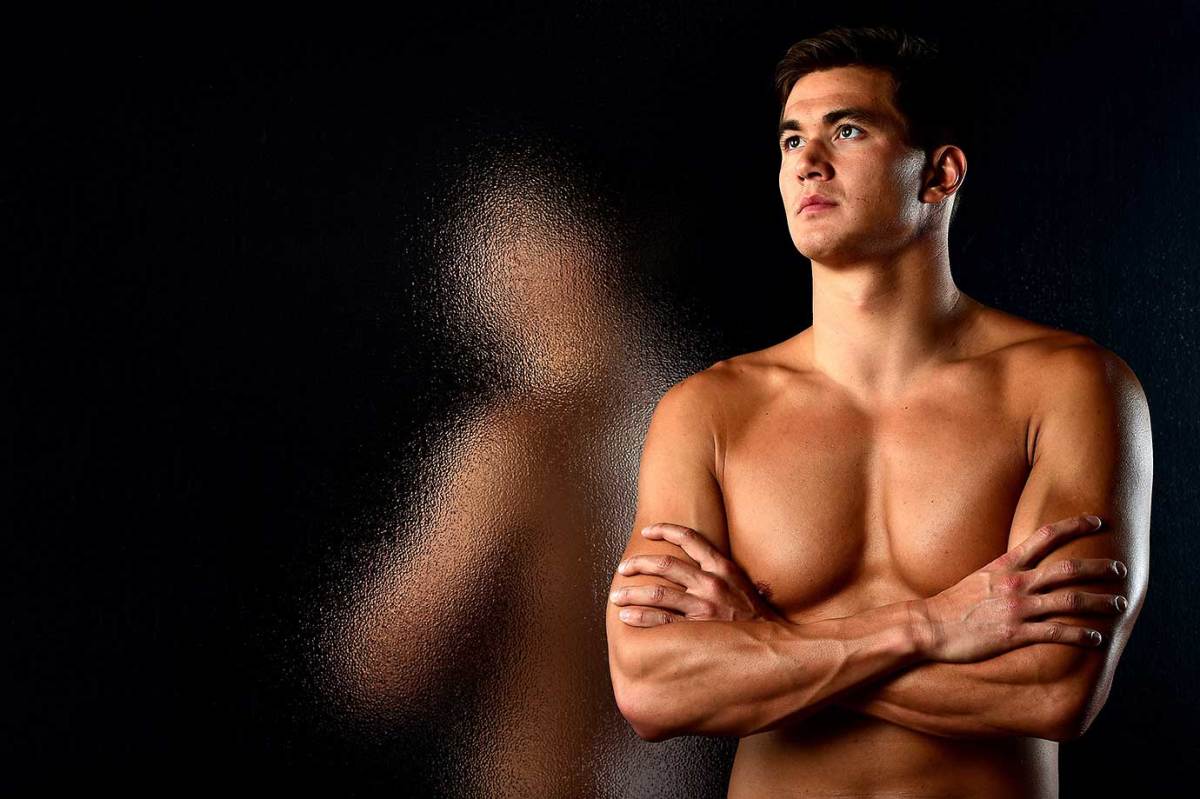
Harry How/Getty Images
Camille Adams (200 fly)

Chris Hyde/Getty Images
Kathleen Baker (100 back)

Streeter Lecka/Getty Images
Elizabeth Beisel (400 IM)
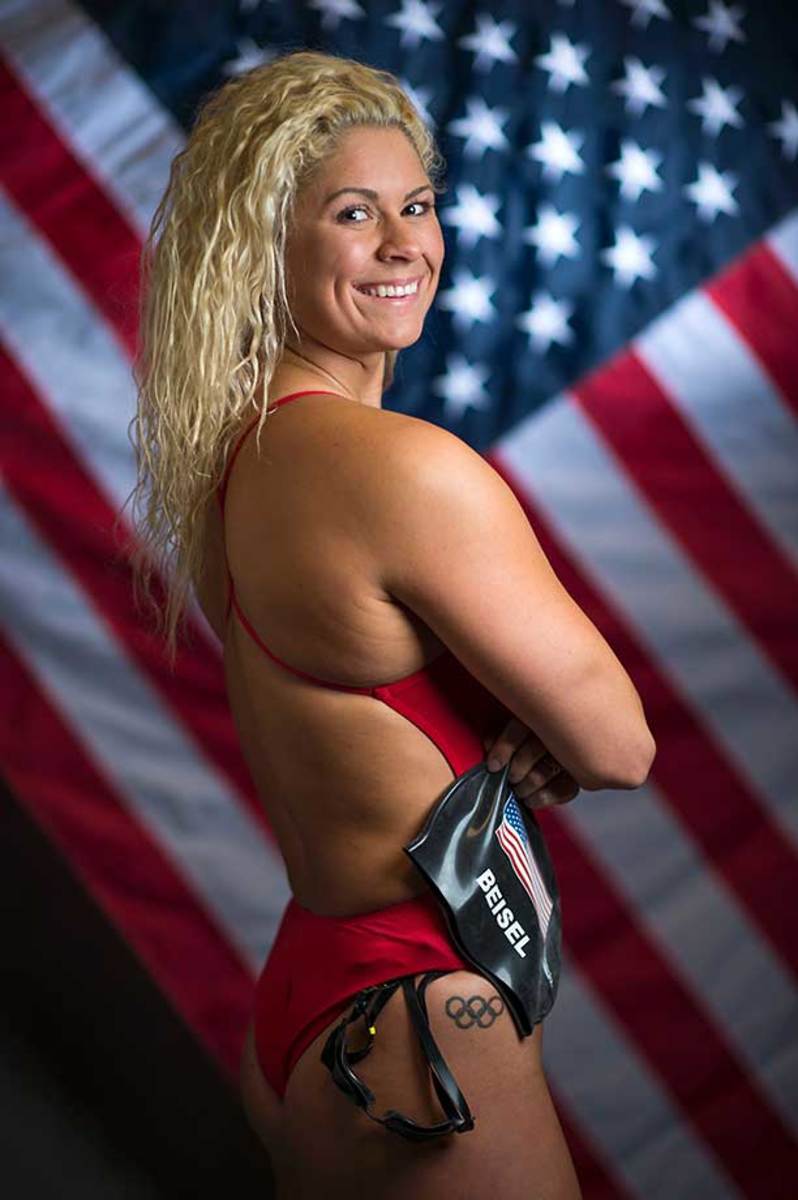
Valerie Macon/AFP/Getty Images
Gunnar Bentz (4×200 free relay)
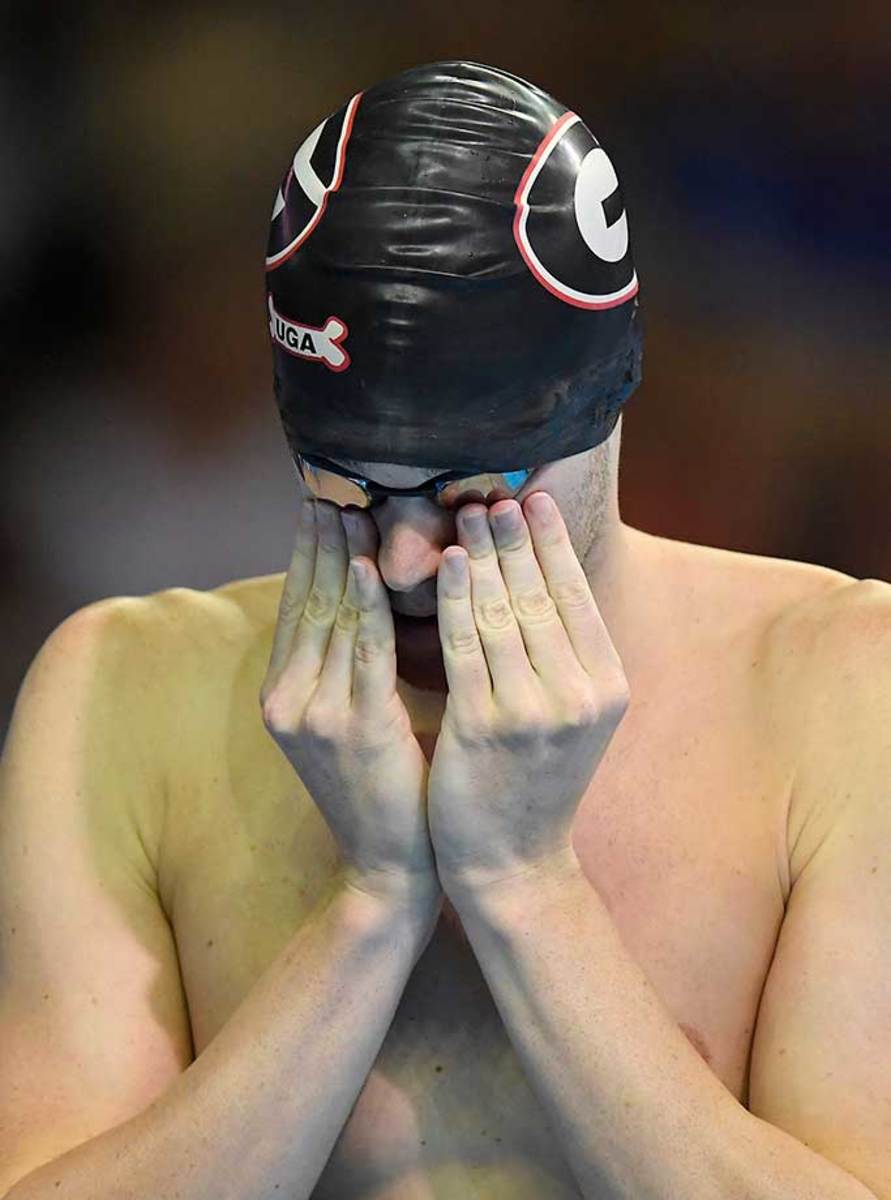
Mark J. Terrill/AP
Jack Conger (4×200 free relay)

Charlie Neibergall/AP
Kevin Cordes (100 breast, 200 breast)

Tom Pennington/Getty Images
Maya DiRado (400 IM, 200 IM, 200 back)
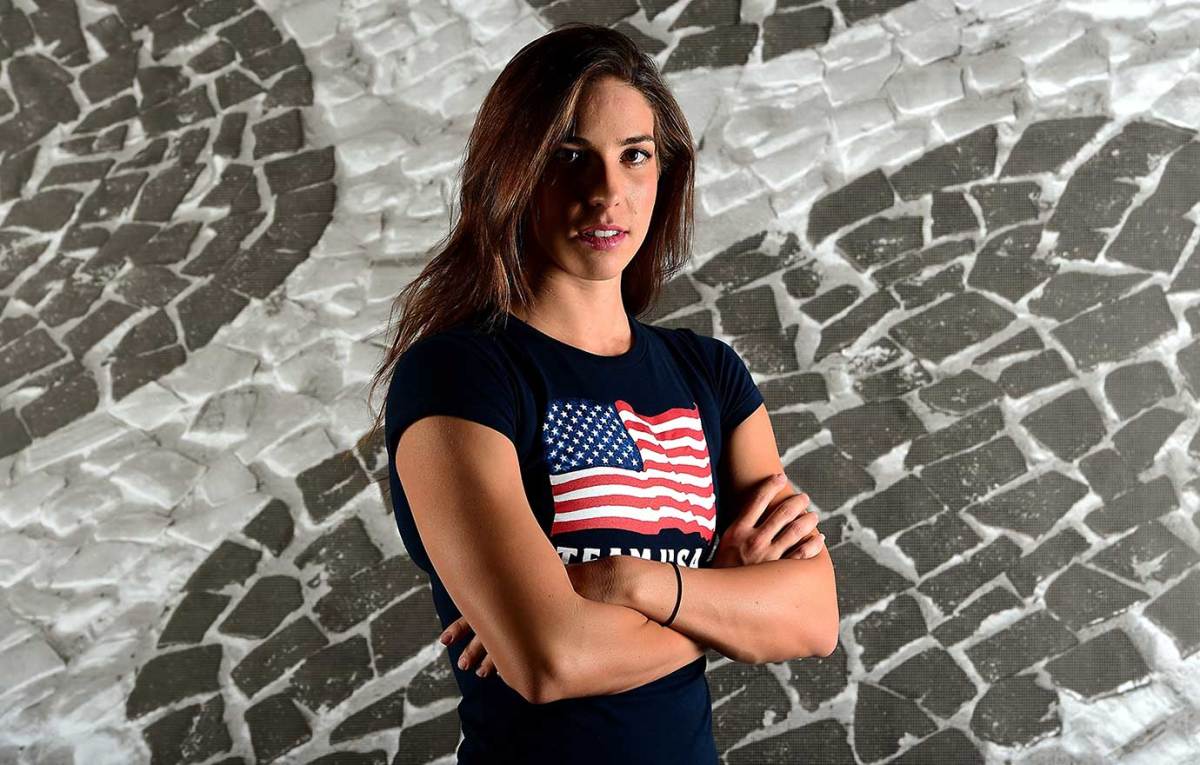
Harry How/Getty Images
Caeleb Dressel (100 free, 4×100 free relay)

Tom Pennington/Getty Images
Conor Dwyer (200 free, 400 free, 4×200 free relay)

Harry How/Getty Images
Anthony Ervin (50 free, 4×100 free relay)

Alexis Cuarezma/Getty Images
Jimmy Feigen (4×100 free relay)
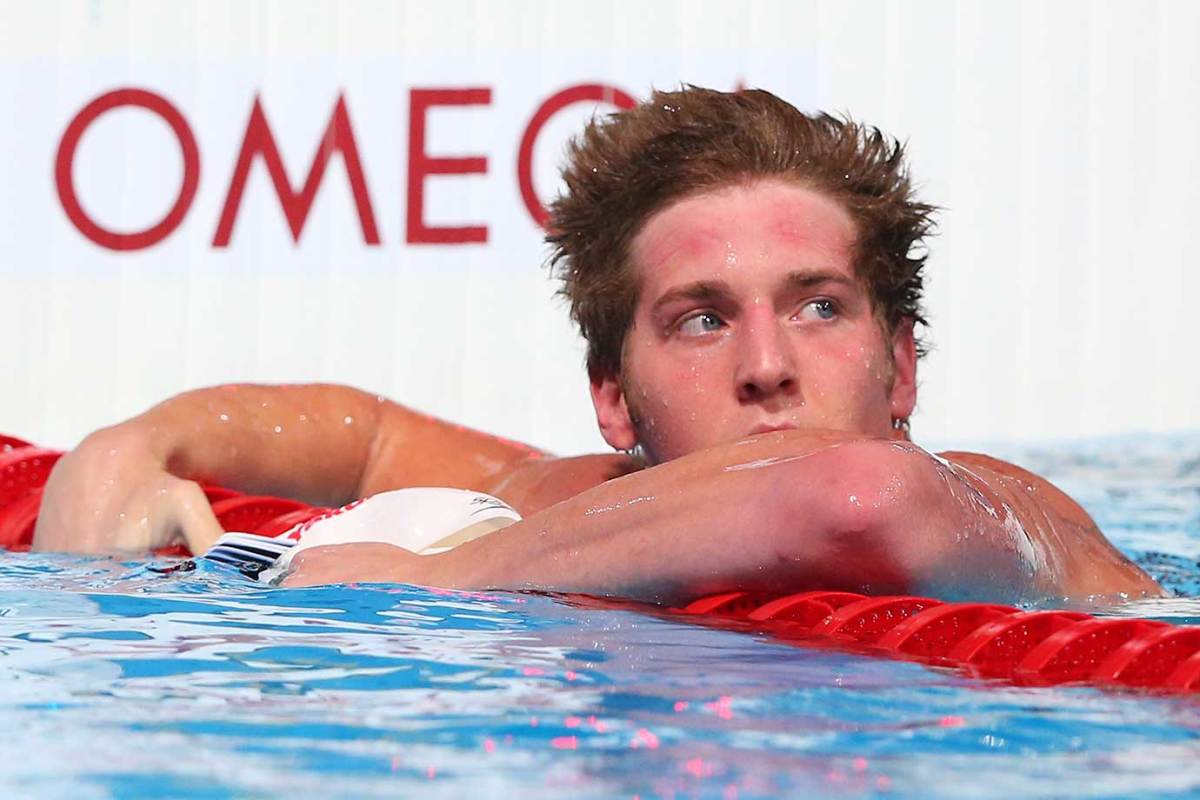
Quinn Rooney/Getty Images)
Hali Flickinger (200 fly)
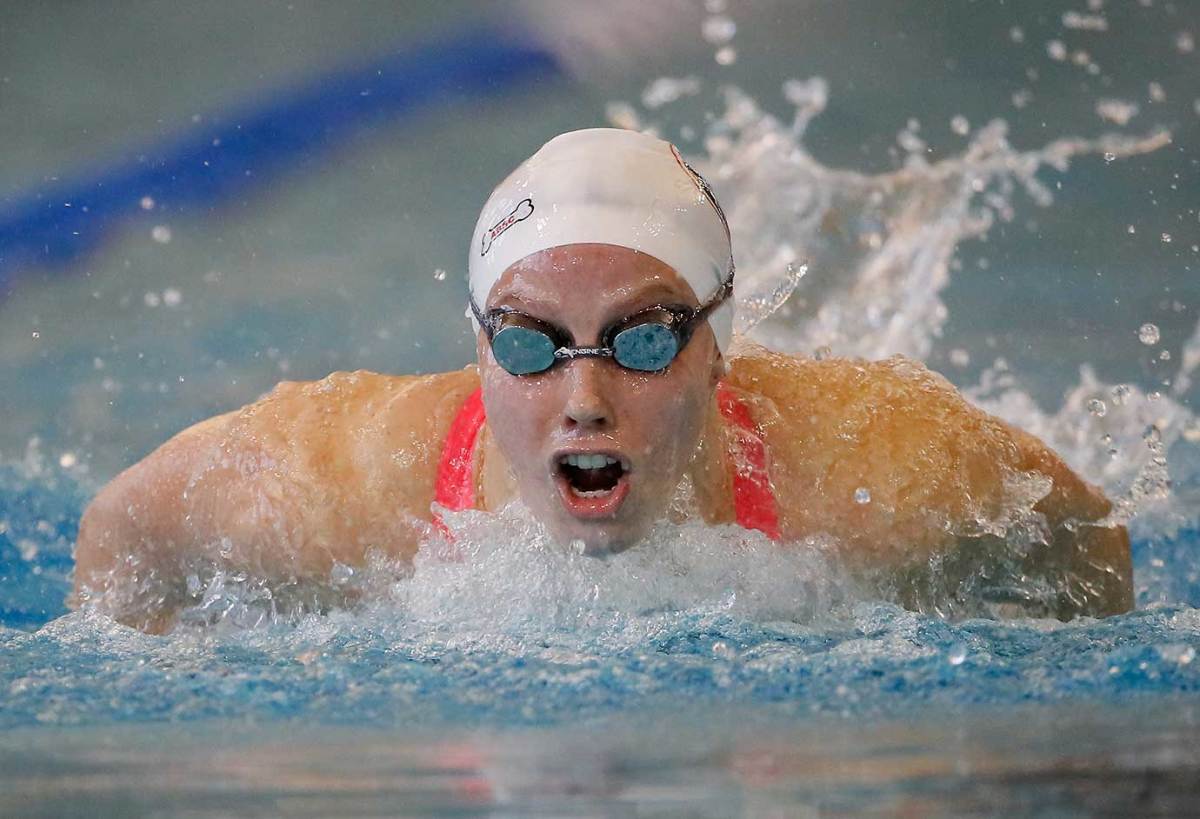
Kevin C. Cox/Getty Images
Missy Franklin (200 back, 200 free, 4×200 free relay)
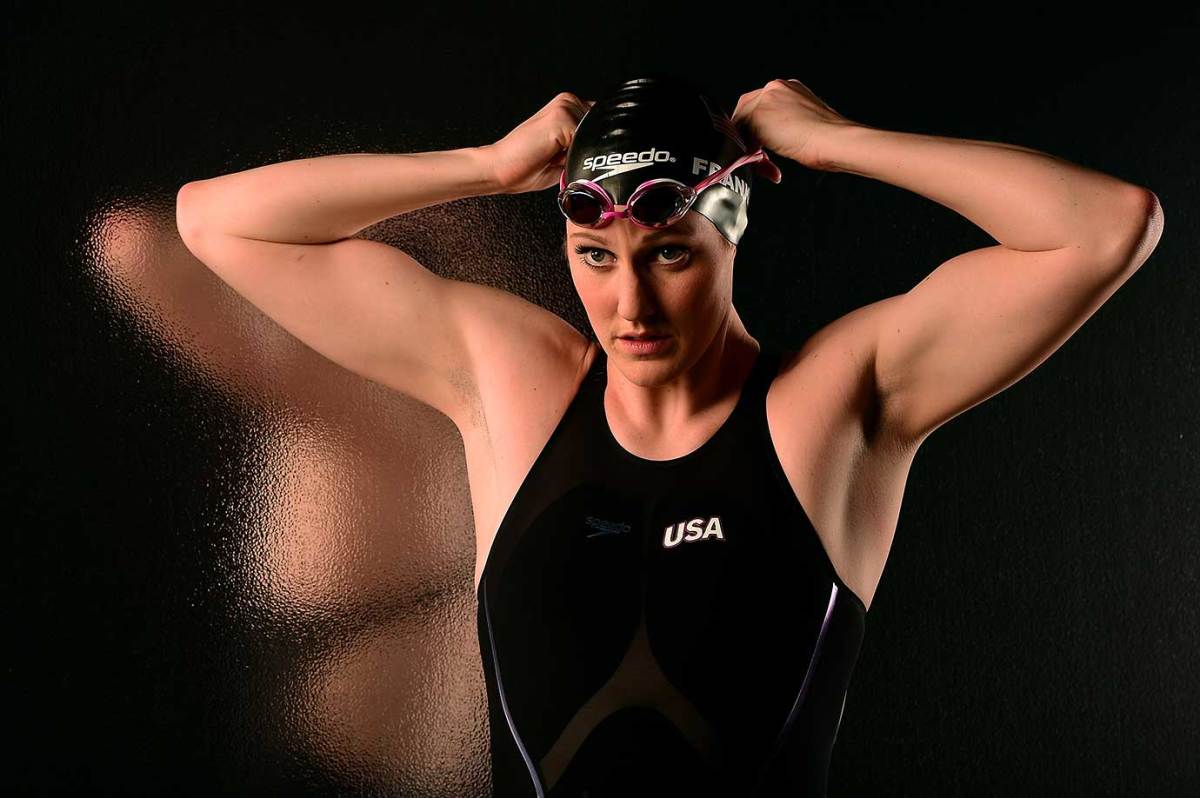
Harry How/Getty Images
Townley Haas (200 free, 4×200 free relay)

Jeff Curry/Getty Images
Molly Hannis (200 breast)
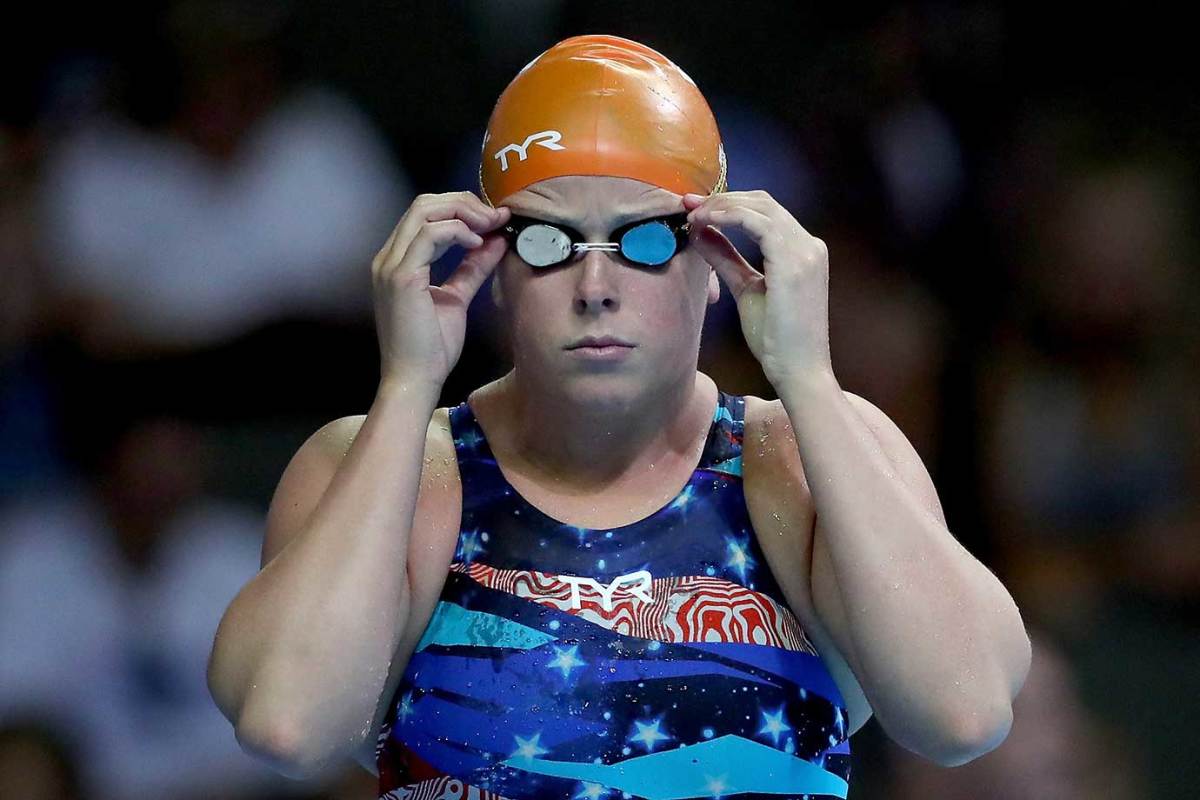
Tom Pennington/Getty Images
Ryan Held (4×100 free relay)

Tom Pennington/Getty Images
Connor Jaeger (400 free, 1500 free)
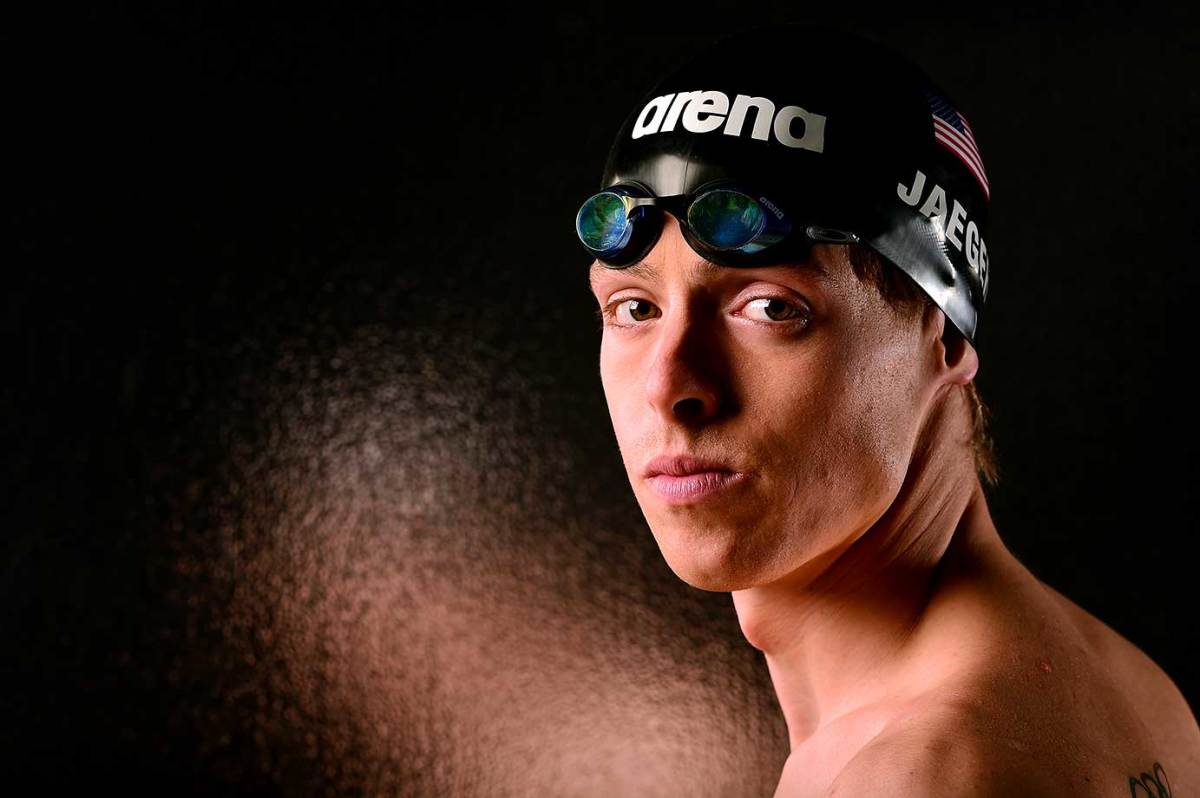
Harry How/Getty Images
Chase Kalisz (400 IM)

Sergei Grits/AP
Lilly King (100 breast, 200 breast)
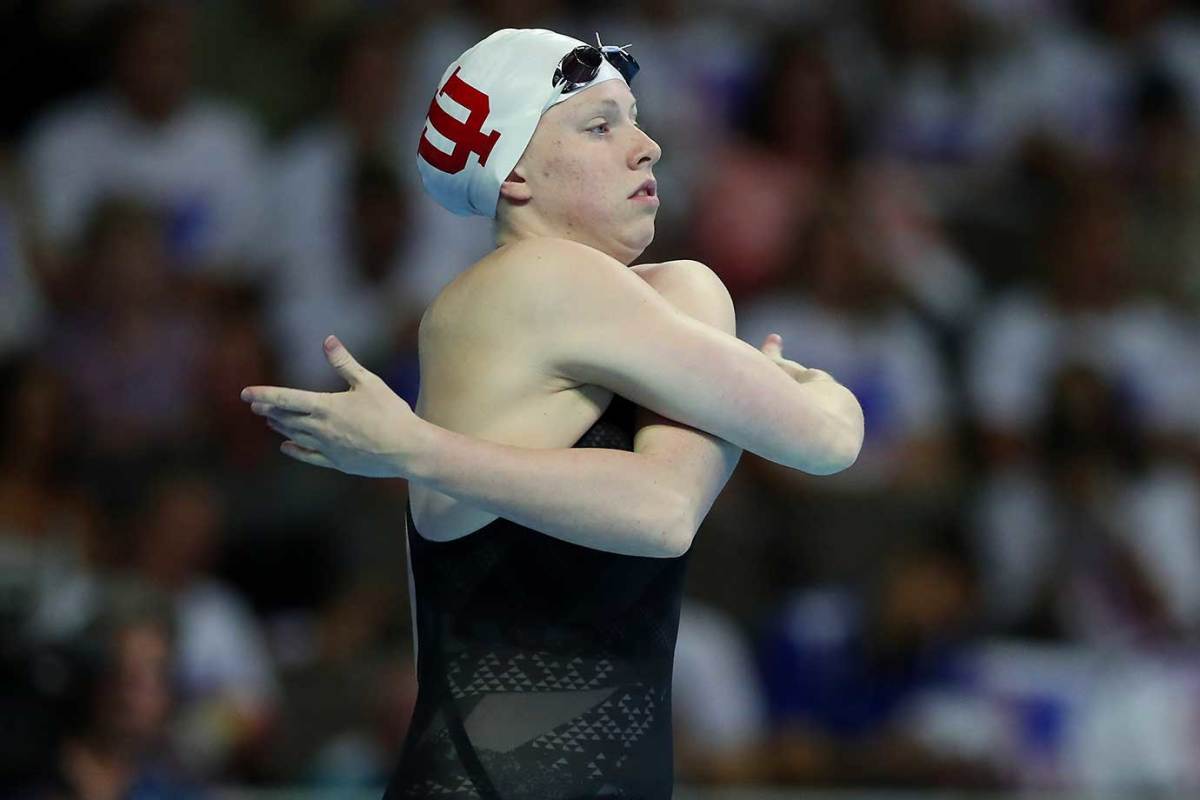
Tom Pennington/Getty Images
Katie Ledecky (200 free, 400 free, 800 free, 4×200 free relay)
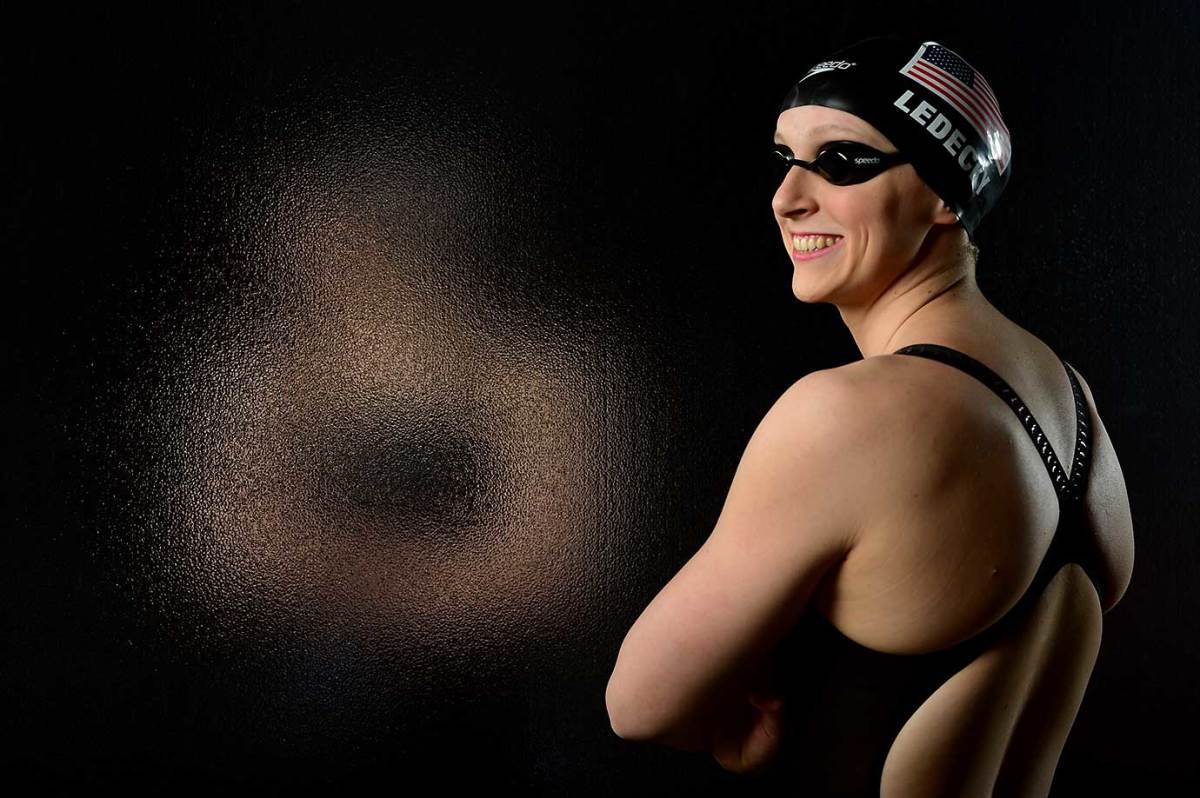
Harry How/Getty Images
Jay Litherland (400 IM)

Kevin C. Cox/Getty Images
Ryan Lochte (4×200 free relay, 200 IM)

Valerie Macon/AFP/Getty Images
Simone Manuel (50 free, 100 free, 4×100 free relay)
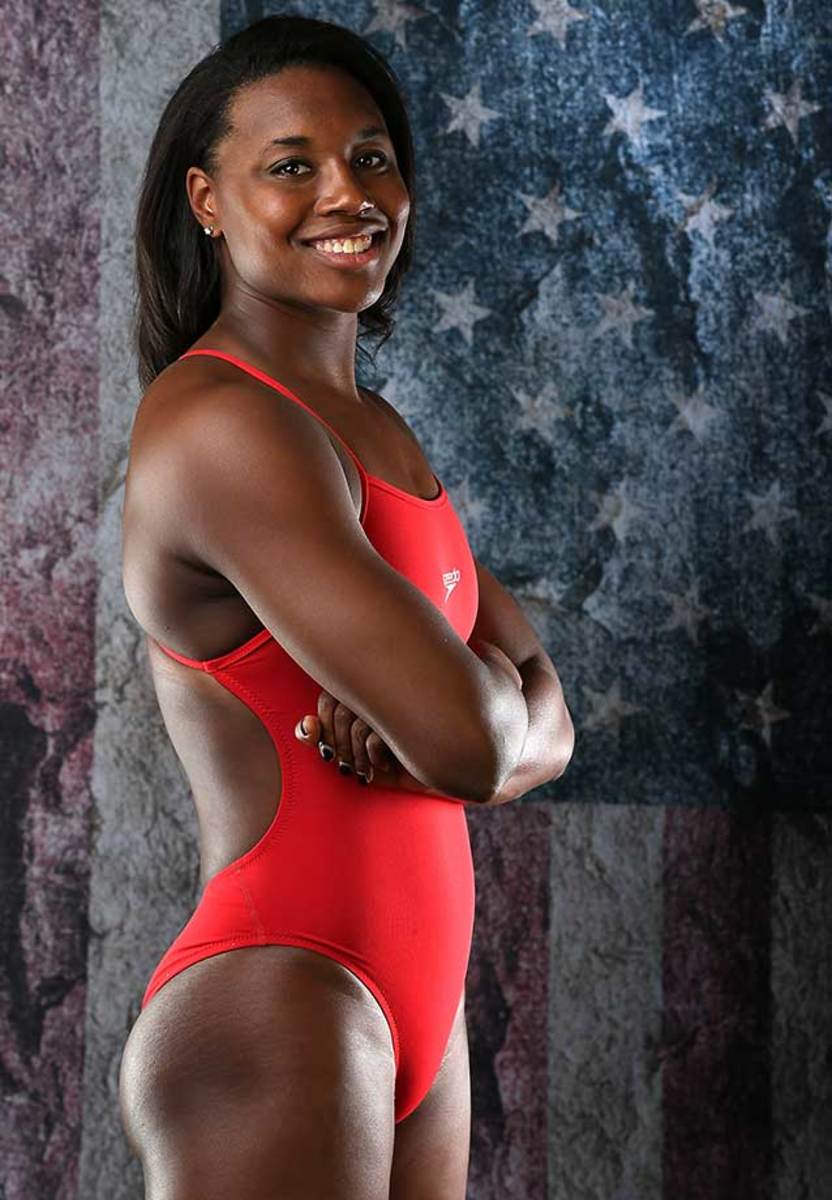
Sean M. Haffey/Getty Images
Melanie Margalis (200 IM, 4×200 free relay)

Robyn Beck/AFP/Getty Images
Katie Meili (100 breast)

Timothy A. Clary/AFP/Getty Images
Cody Miller (100 breast)

Kevin C. Cox/Getty Images
Ryan Murphy (100 back, 200 back)

Mark J. Terrill/AP
Lia Neal (4×100 free relay)
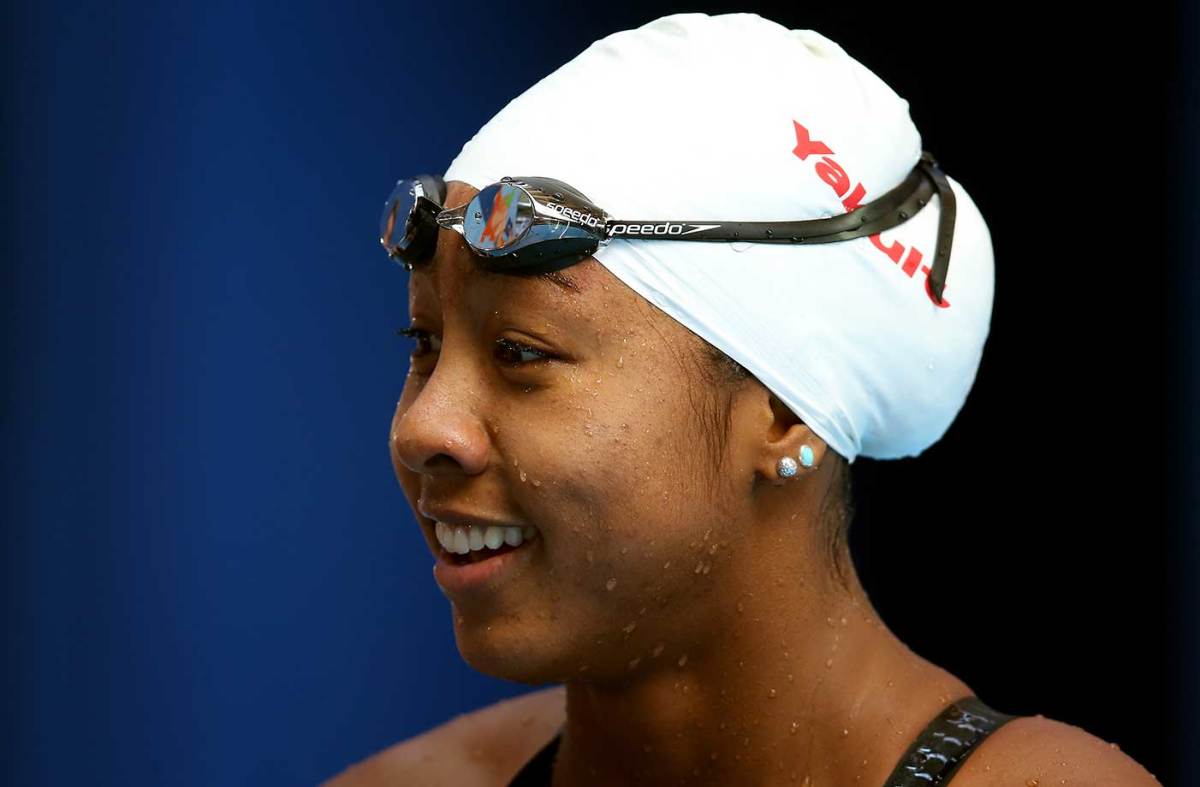
Streeter Lecka/Getty Images
Jacob Pebley (200 back)

Ronald Martinez/Getty Images
Michael Phelps (100 fly, 200 fly, 200 IM)

Harry How/Getty Images
Blake Pieroni (4×100 free relay)

Tom Pennington/Getty Images
David Plummer (100 back)

Adam Pretty/Getty Images
Josh Prenot 200 breast)

Tom Pennington/Getty Images
Cierra Runge (4×200 free relay)

Harry How/Getty Images
Allison Schmitt (4×200 free relay, 4×100 free relay)

Tom Pennington/Getty Images
Tom Shields (100 fly, 200 fly)
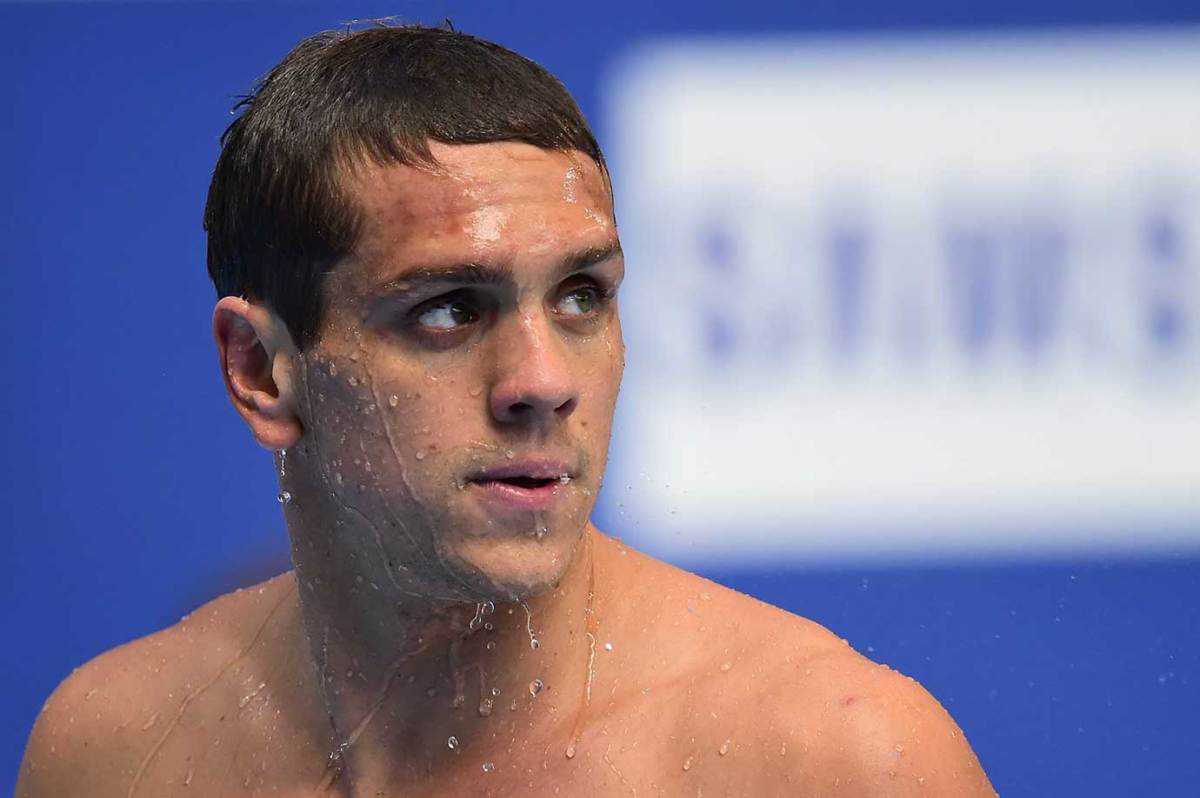
Alexander Nemenov/AFP/Getty Images
Clark Smith (4×200 free relay)
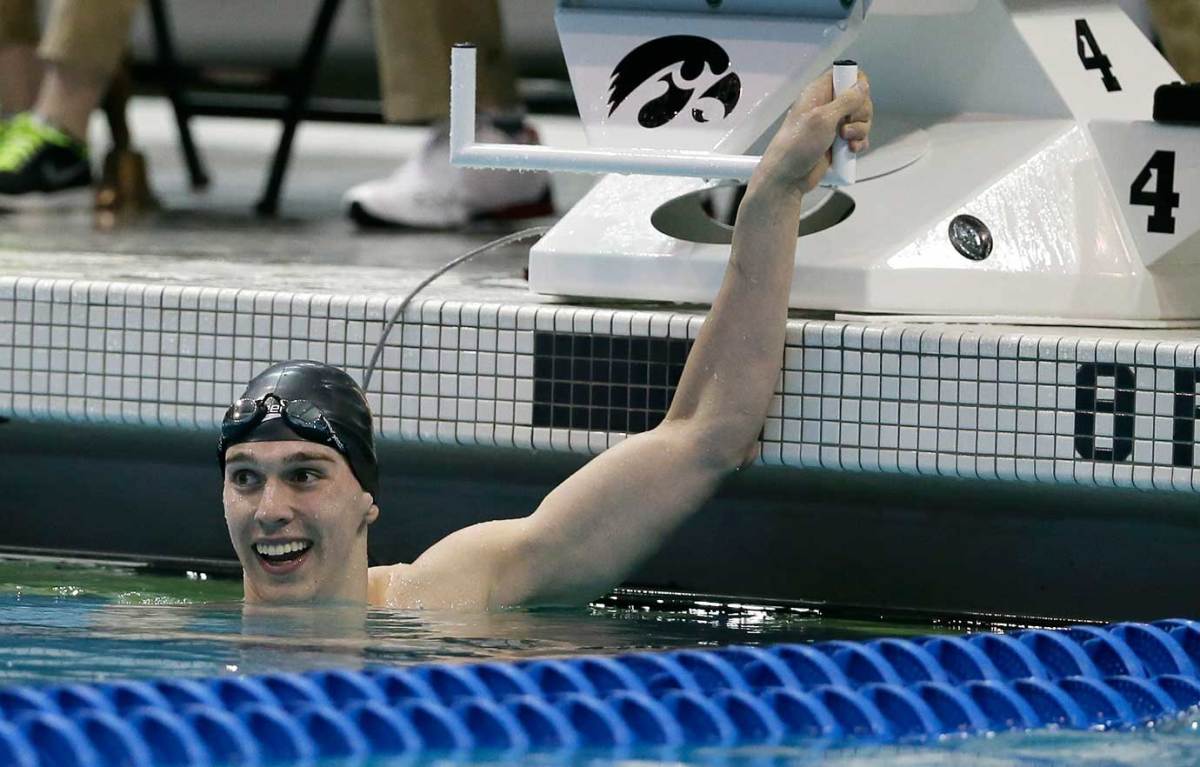
Charlie Neibergall/AP
Leah Smith (400 free, 800 free, 4×200 free relay)

Tom Pennington/Getty Images
Olivia Smoliga (100 back)

Clive Rose/Getty Images
Dana Volmer (100 fly, 4×100 free relay)

Otto Greule Jr/Getty Images
Amanda Weir (4×100 free relay)

Clive Rose/Getty Images
Abbey Weitzeil (50 free, 100 free, 4×100 free relay)

Tom Pennington/Getty Images
Jordan Wilimovsky (1500 freestyle)

Tom Pennington/Getty Images
Kelsi Worrell (100 fly)
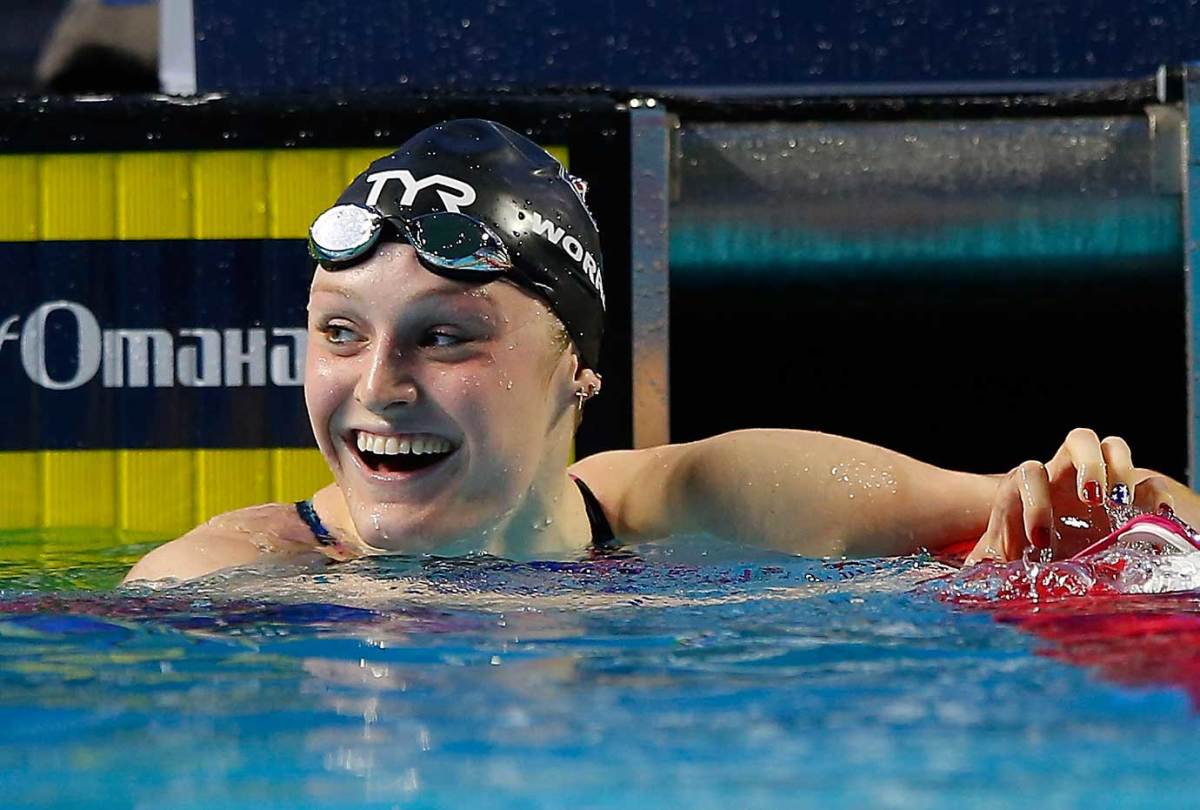
Kevin C. Cox/Getty Images
Michael Phelps
Phelps is as formidable under pressure as any swimmer in any pool. He was just the sixth seed after the semifinals of the 100-meter butterfly in Omaha, but he still rallied from fourth place at the wall to win the race and earn a spot on the team. Phelps also won the 200-meter butterfly and 200-meter IM, qualifying in just those three races at the trials.
Even though he chose not to swim in any freestyle events in Omaha, either in competition or in a time trial, count on him being a part of the 4x200 relay team, though maybe not the 4x100. He would also be in the medley relay if he is the fastest American in the 100 fly again.
• Michael Phelps enjoying the final laps of his indelible swimming career
This is a more modified schedule than Phelps has swum in previous Olympics, giving him more time to rest. But the 2016 Phelps is not only slower than the Phelps at previous Olympics; he is slower than the Phelps of 2015. His flip turns have been very poor since his return, and he acknowledges that he and coach Bob Bowman have “quite a few things to work on” in the short time before he swims in Rio.
Phelps is the second-fastest in the world in the 100-meter fly this year by .15 seconds behind Hungary’s Laszlo Cseh, a longtime rival in the individual medleys. He is only sixth-fastest in the 200 fly, an event for which he has now qualified at each of the last five Olympics. Though Phelps usually raises his game at the Games, Cseh has more than a second ahead of the field this season in the 200 fly. Phelps is No. 2 in the 200 IM, but a good .84 behind Japan’s emerging Kosuke Hagino, who had a spectacular meet at the Japan Swim in Tokyo earlier this year. Hagino will turn 22 in Rio and could spoil one of Phelps’ bids for gold.
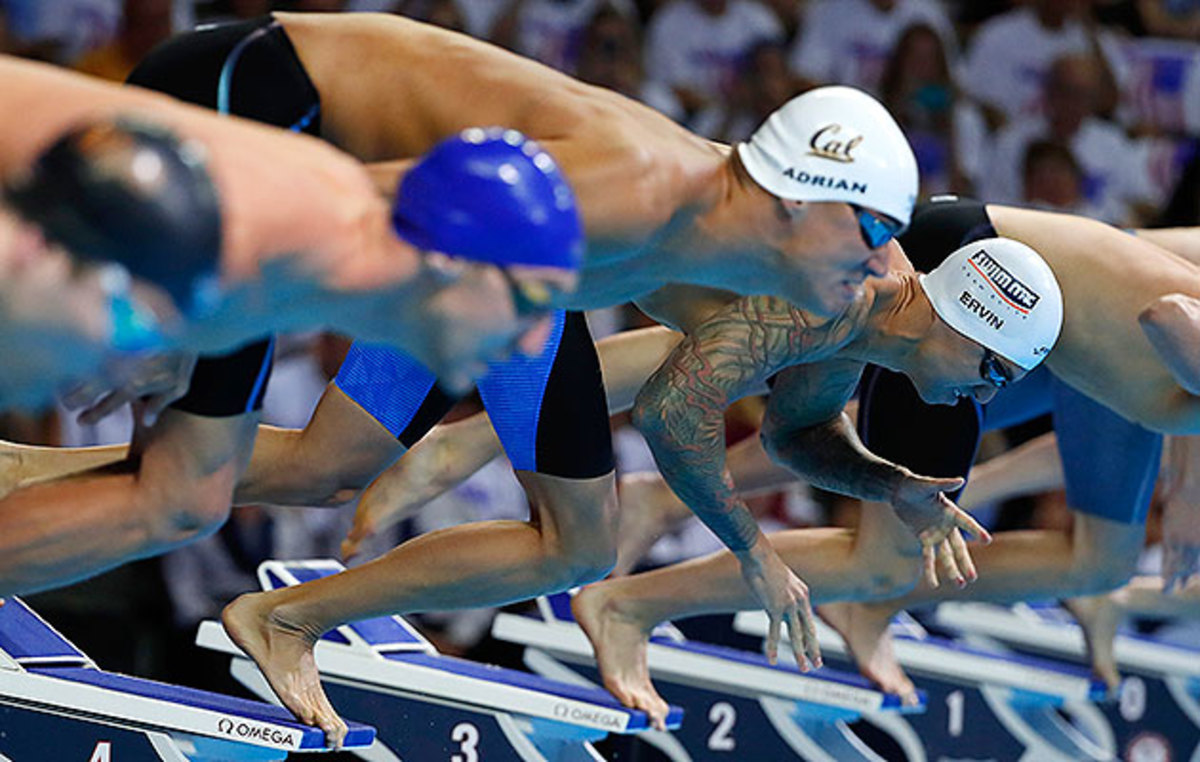
This is how the rest of the U.S. team stacks up against the competition leading up to the Games:
Sprint and short freestyle
On the men’s side, Nathan Adrian, the reigning champ in the 100-meter freestyle, returns to the Olympics in both the 50- and 100-meter free. Quirky Australian Cameron McEvoy won three world medals in Kazan, Russia last year and will challenge Adrian, a good friend of his, in both events. In the 50 free, watch out for Anthony Ervin; the U.S. veteran shared the 50 free gold with Gary Hall in 2000 but he didn’t make his second Olympic team until 2012, making him the only swimmer in history to make three Olympic teams without making one in his 20s.
The men’s 200-meter free appears to be a two-man battle between China’s Sun Yang and Britain’s James Guy, but Americans Townley Haas and Conor Dwyer could end up on the podium. Among the U.S. women, the best medal hope certainly rests with Ledecky in the 200. The women’s 100 free could well be an Aussie showdown between sisters Cate and Bronte Campbell.

Sports Illustrated At The Games
Subscribe to SI's Olympic podcast coverage



Distance freestyle
Sun will also be a favorite in the men’s 400-meter free. His closest challenger may be Australia’s Mack Horton, though American Connor Jaeger could sneak in for bronze. Horton will also have a chance to medal at 1,500, but the favorite should be Italy’s Gregorio Paltrinieri, the world and European champ in the long course and short course version of the metric mile. Jaeger, who placed first at the U.S. Trials in Omaha, has a good shot at the podium here.
The U.S. women are counting on Ledecky to win both the 400- and 800-meter freestyle races. But Leah Smith, who placed second to Ledecky twice at the trials with a similar range of distances, could be on the podium as well. Australia’s Jessica Ashwood is a contender for a place in the 400 free, while Katinka Hosszu of Hungary and Mie Nielsen of Denmark are medal threats at 800 meters, but the top spot should belong to Ledecky in both of the longer races.
Breaststroke
Some new Olympic faces should bring home medals for the U.S. in these events. Four years ago, Kevin Cordes missed making the U.S. team in the 100-meter breast by one spot. Now the world medalist will swim in both breaststroke races, though Josh Prenot is the American to watch in the 200, as he challenges German Marco Koch. Indiana Hoosier Lilly King has the fastest time in the world this year in the 100 breast and should get a challenge from Russia’s Yulia Efimova and perhaps U.S. teammate Katie Meili.
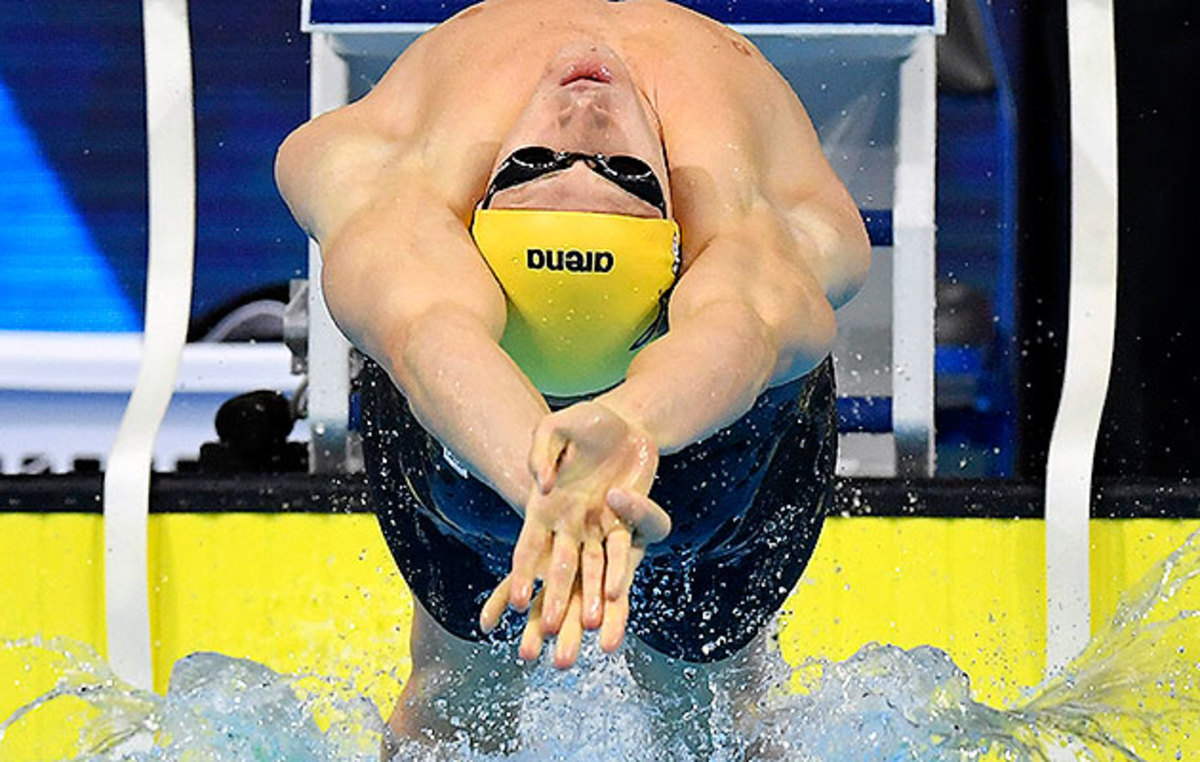
Backstroke
Australia’s Mitch Larkin will be tough to beat in the individual backstrokes, but look for Americans David Plummer in the 100 meters, Jacob Prebley in the 200 meters and Ryan Murphy in both races. Murphy broke Ryan Lochte’s U.S. record in the 200 back last year. Plummer, a high school swimming and diving coach in Minnesota, will make his Olympic debut at age 30. The women will have a tougher time earning a podium spot, as Australia’s Emily Seebohm tries to medal in both distances. Olympic rookies Olivia Smoliga (100) and MiyaDiRado (200) are the best U.S. hopes.
Butterfly
Besides Phelps, U.S. flyer Tom Shields could also reach the medal stand in the 100-meter fly, though both Americans will have to chase Hungarian veteran Cseh. The women’s butterfly fields are wide open, which gives U.S. swimmers Kelsi Worrell a chance in the 100 (Sweden’s Sarah Sjostrom is the one to beat in this event) and Cammile Adams, the reigning world silver medalist, a shot in the 200. Reigning world champ Natsumi Hoshi of Japan may have the edge in the longer one, but the long list of challengers in that race includes Madeline Groves (Australia), Franziska Hentke (Germany), Mireia Belmonte (Spain), Zhou Yilin and Zhang Yufei (China).
Individual medley
Japan’s Kosuke Hagino has had a tremendous year in both IM distances, putting up the world’s fastest times in each race. Still, it is tough to bet against Phelps, whose ability to thrive under pressure has lifted him to three Olympic titles in the 200-meter IM. Lochte has won three world titles in the shorter race when Phelps was not entered. Both U.S. veterans could be on the stand, but also watch for hometown hope Thiago Pereira of Brazil. Chase Kalisz will try to chase Hagino in the 400, a race that Phelps did not contest at the trials, while Lochte finished third. Hungary’s Katinka Hosszu will be favored to win both women’s IMs, but U.S. Olympic rookie Maya DiRado could give her a scare in either race.
Relays
Count on U.S. and Australian teams to contend for nearly every relay title at nearly every major world meet, including the Rio Games. U.S. coaches have some wiggle room in setting their teams and are likely to include seasoned vets such as Phelps, Lochte, Ledecky and Missy Franklin for both stability and fast splits in order to boost some of the less experienced swimmers. The 4x100 freestyle relays will be the toughest for the U.S. Australia has a number of top women in the sprint freestyle and the French men will also be a tough challenger for gold. The U.S. has better chances in the 4x200s and in the men’s medley relay. The U.S. team finished fourth at worlds in the women’s medley relay last year and that was with DQs against both Great Britain and Japan in the final. The squad could miss out there.
